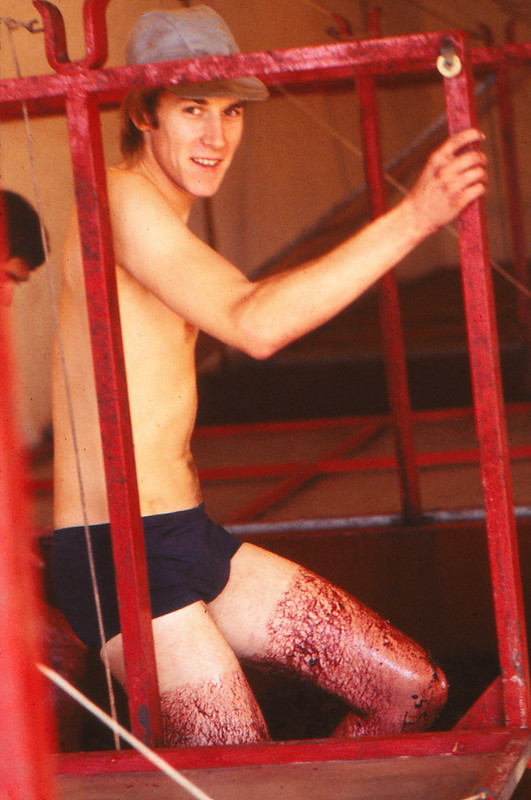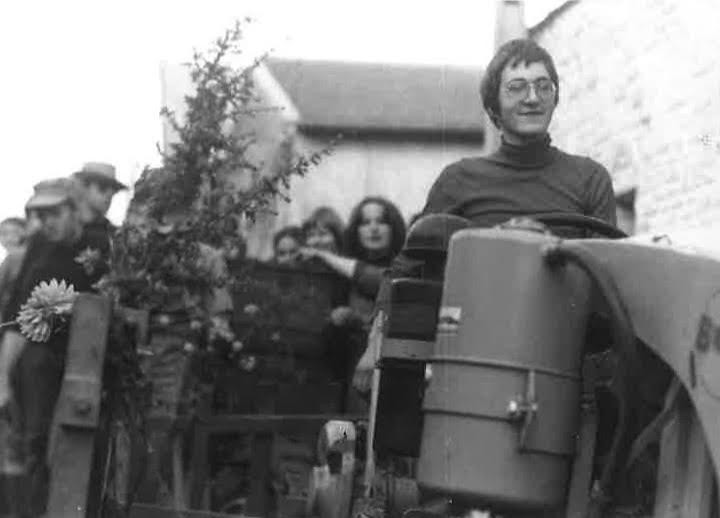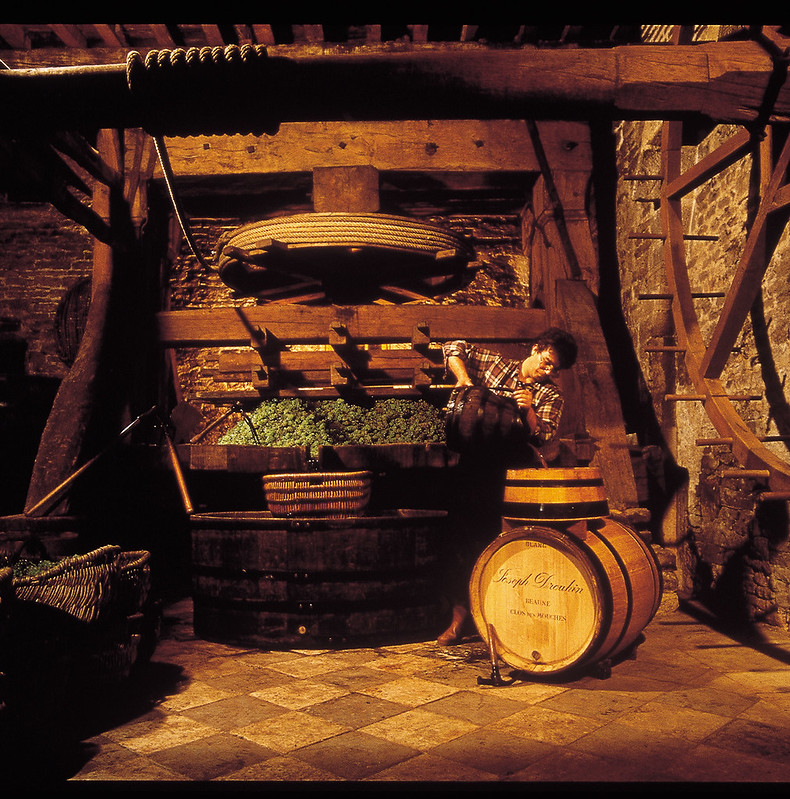As I think some of the people I’ve exchanged with on this forum over the last year will know, my labor of love in 2020 was a retrospective report on the 1980 vintage in Burgundy, and we just made it free-to-read on The Wine Advocate website. Here’s the introduction; the rest is on the site, including some observations about the history of winemaking techniques, generational change, Burgundy’s economic fortunes, etc etc.
France, Burgundy: Revisiting the 1980 Vintage After 40 Years
Where vintage reputations are concerned, justice can be a long time coming. When the 1980 Burgundy vintage hit the market, it wasn’t warmly received. “The malolactic fermentations were protracted, and people tasted the 1980s before they were finished,” reminisces Frédéric Lafarge, “when the wines were still firm and angular.” What’s more, the influential négociants of Beaune, already amply stocked with the copious 1979 crop, gave the 1980s short shrift: one even openly criticized the vintage. The trade and the press alike tended to echo this unflattering assessment, and sales at the Hospices de Beaune auction were down 17% compared to the year before. No doubt a severe global recession, ushered in by the 1979 Oil Shock, didn’t help.
By the end of the decade, however, opinion was shifting. In 1990, Robert Parker would describe 1980 as “one of the most underrated and pleasing red wine vintages…of the decade.” Clive Coates agreed, describing the finest wines of the Côte de Nuits as “outstanding,” noting that they had unjustly “lived under a cloud” since their release in inauspicious circumstances and arguing that they surpassed their 1979 counterparts. Most recently, Allen Meadows and Doug Barzelay observe that, while “the wines were critically dismissed…it has turned out that, among the dross, some very fine reds were produced.” Today, the 1980 vintage remains, in a sense, stuck in limbo: on the one hand, it is admired by Burgundy insiders and a source of considerable pride to more than a handful of producers, yet on the other, the year is little talked about beyond these rather exclusive circles.
Since 1980 Burgundies on the marketplace are few and far between, what is the interest in revisiting the vintage on its 40th anniversary? Most obviously, because the highs are so high: They may not be numerous, but the very best 1980 red Burgundies, as the accompanying notes attest, are profound wines drinking at their apogee today. But the tepid initial reception of the vintage was another incentive. I tend to think that in wine criticism, all conclusions are provisional: Every vintage deserves to be revisited and reappraised, and after 40 years, the 1980 Burgundies are ripe for reassessment. That contemporaneous commentators describe the year’s wines as initially a little lean, fleshing out in barrel and in bottle to attain levels of depth and dimension unimaginable early in their lives, suggests that a retrospective report of this nature may offer useful professional heuristics as well as interesting our readers.
It was only when my tastings and research had begun, however, that I came to appreciate the extent to which the wines of this era offer a fascinating window into the history of a rapidly changing region. Aubert de Villiane has sagely observed that to understand Burgundy’s wines, one must understand Burgundy’s history; but his maxim cuts both ways, as the wines of a particular vintage—evoking the climate, the conditions, the methods and the personalities that crafted them—in turn illuminate an era. A project initially conceived as a simple retrospective tasting thus took on rather more ambitious proportions once undertaken.
For the rest: Robert Parker Wine Advocate
Among many of the photos illustrating the article are a couple that are especially fun for anyone who knows Ted Lemon and Frédéric Lafarge:

Lemon pigeage by WilliamGFKelley, on Flickr

Lafarge 1 by WilliamGFKelley, on Flickr
